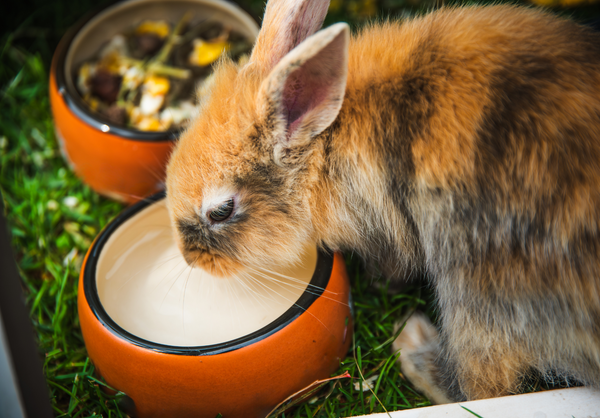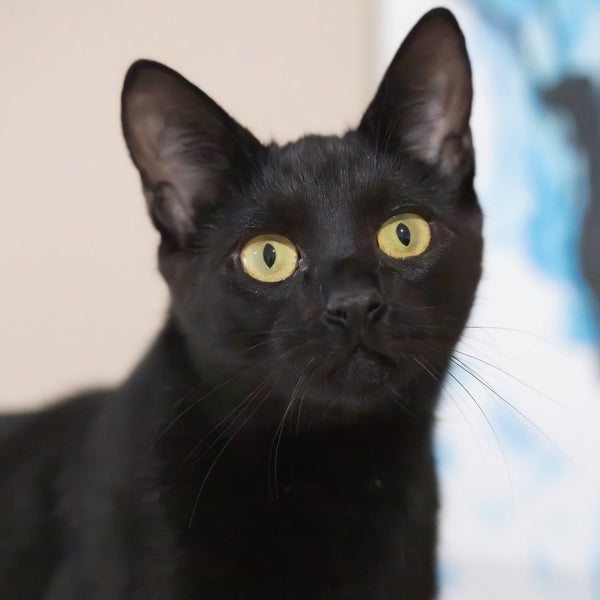 The Peach-faced Lovebird has flown its way to be one of the most common domesticated house parrots. They are an easily manageable size with a strikingly vivid coloration. Even though this small African parrot is widely available, there is still plenty to learn about their housing requirements and behavior!
The Peach-faced Lovebird has flown its way to be one of the most common domesticated house parrots. They are an easily manageable size with a strikingly vivid coloration. Even though this small African parrot is widely available, there is still plenty to learn about their housing requirements and behavior!
What is a Lovebird?
a Lovebird (Agapornis) is a small genus of parrot native to the continent of Africa. Lovebirds will usually weigh 40 to 60 grams and reach 13 to 17 cm in length. There are many types of lovebirds (9 to be exact), however you can usually only find the peach-faced, masked & Fischers lovebird in common pet trade. As mentioned above, they are considered parrots, not parakeets like a budgie bird. Lovebirds have a hooked bill, short tail and zygodactyl feet. The Lovebird gets its famous name from their strong bonds to one another, as they are a species that mates for life.
Behavior
 Although they are a parrot, Lovebirds lack the ability to mimic human speech. If they do decide to mimic sound, it will likely be that of something much easier, like a ringtone or a doorbell. There is a myth that lovebirds must be kept in pairs or they will die, this is entirely untrue. Lovebirds are very social birds and will require more human interaction if kept in solidarity, but can be very happy and healthy! Like all parrots, a lovebird will likely not be tamable (or at least not as much) in pairs as one would be in solidarity because they will form a bond with each other instead of to you, the owner. Lovebirds form such strong bonds in fact, they are prone to behavioral problems to individuals outside of their pairing.
Although they are a parrot, Lovebirds lack the ability to mimic human speech. If they do decide to mimic sound, it will likely be that of something much easier, like a ringtone or a doorbell. There is a myth that lovebirds must be kept in pairs or they will die, this is entirely untrue. Lovebirds are very social birds and will require more human interaction if kept in solidarity, but can be very happy and healthy! Like all parrots, a lovebird will likely not be tamable (or at least not as much) in pairs as one would be in solidarity because they will form a bond with each other instead of to you, the owner. Lovebirds form such strong bonds in fact, they are prone to behavioral problems to individuals outside of their pairing.
Enclosure
Lovebirds should be housed within a wire cage designed for small birds. A cage at least 18"x18"x20" is adequate for 1-2 lovebirds. The bottom of the cage should be covered with gravel paper designed for birdcages. DO NOT USE NEWSPAPER! Lovebirds have a passion for shredding paper and the ink from newspapers can make the bird sick if ingested. Provide paper that is acceptable for chewing and shredding within the tank to feed this craving (Pisces recommends: Prevue Hendryx Tropical Teasers) Provide a variety of perches of appropriately sized diameters, textures & materials. This will provide exercise for their foot muscles as well as mental stimulation (Pisces recommends: InSight Sand Perch). All perches should be wide enough so its claws do not overlap. Fill their cage with lots of fun, interactive toys to keep the lovebirds happy and mentally stimulated!
Diet
 In order for your lovebird to be healthy, you must feed your parrot more than simply a seed diet. The best staple diet for a lovebird is a mixture of seed & nutritional pellets made specifically for lovebirds. Pisces recommends: ZuPreem Sensible Seed for Medium Birds. In addition to their staple diet, lovebirds should also be given a bowl of fresh fruit and veggies every day. Always remember to discard all uneaten portions daily. Avoid all kinds of cabbage, raw & green potatoes, green beans, iceburg lettuce, grapefruit, rhubarb, plums and lemons.
In order for your lovebird to be healthy, you must feed your parrot more than simply a seed diet. The best staple diet for a lovebird is a mixture of seed & nutritional pellets made specifically for lovebirds. Pisces recommends: ZuPreem Sensible Seed for Medium Birds. In addition to their staple diet, lovebirds should also be given a bowl of fresh fruit and veggies every day. Always remember to discard all uneaten portions daily. Avoid all kinds of cabbage, raw & green potatoes, green beans, iceburg lettuce, grapefruit, rhubarb, plums and lemons.
Grooming
Lovebirds require moisture to soften the sheaths of their quills so that new feathers grow in strait and strong. Use a gentle spray bottle or a bird bath to dampen those feathers! Pro tip: lovebirds often drink out of their bath, so ensure the water is fresh and at room temperature. Do not let your lovebird near open windows or drafts while wet, and make sure your bird is dry before lights out. Keeping your birds wings clipped will aid in training, and prevent injuries from closed windows and ceiling fans. Pisces Pet Emporium offers this service free of charge! Simply call us and book your appointment!




